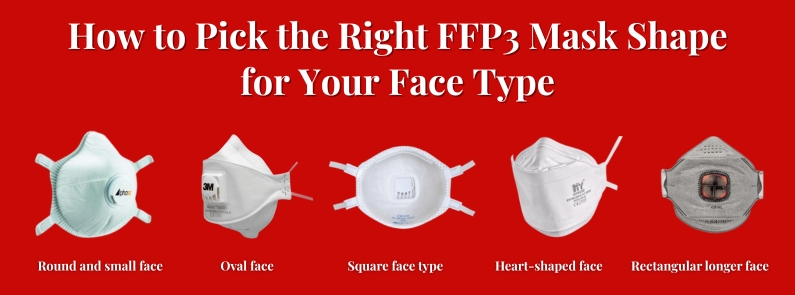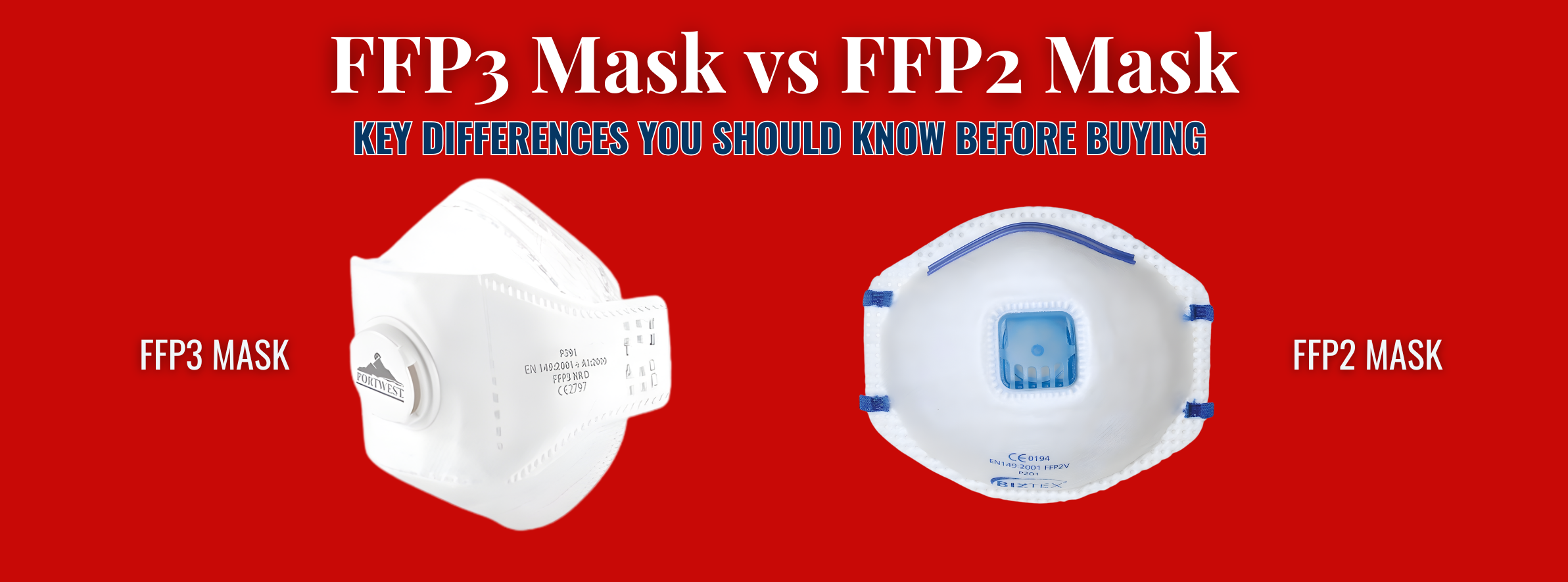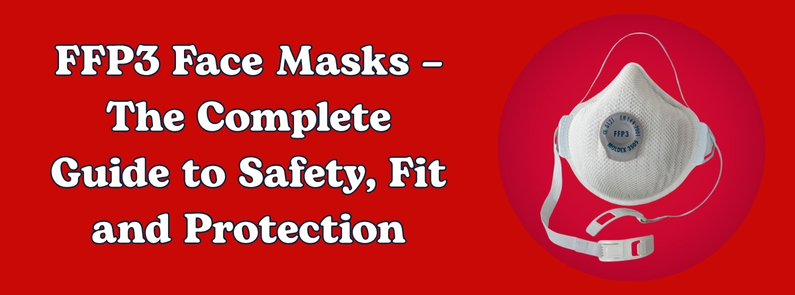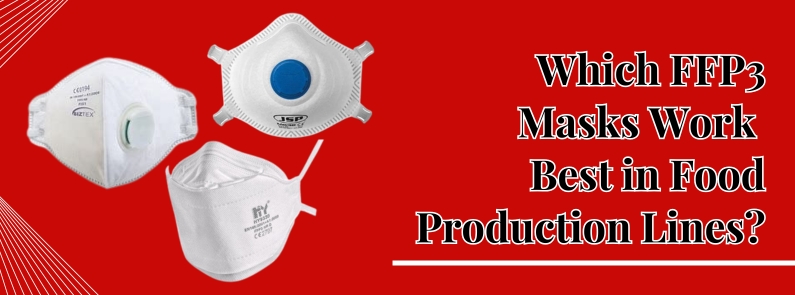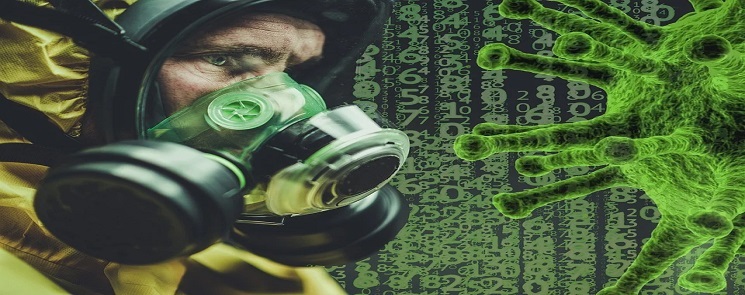
PPE is an abbreviation that we have heard umpteen times since the outbreak of novel coronavirus (aka COVOD-19), the deadly pandemic that has brought the whole world to a standstill. In the absence of a vaccine, PPE (personal protective equipment) is the first line of defense against the deadly disease. It is playing a crucial role in battling the current crisis.
Besides helping stem the infectious diseases’ spread, the protective gear safeguards people, especially frontline healthcare workers (doctors, nurses, other caregivers) while treating patients harboring the virus. Let’s shed some light on how PPE minimizes the spread of infection which is transmitted primarily by contact or droplet transmission.
What is PPE?
It is clothing and gear designed to reduce exposure to contaminants, chemicals, and physical hazards present on a worksite. In the context of COVID 19, the correct use of PPE lessens the threat of viral transmission and infection when screening or treating patients for the coronavirus. The PPE kit includes the following items.
- Gloves
- Medical Masks/Respirators
- Eye protection
- Gowns
Different Types of Face Masks:
Let’s dwell on the respiratory protective value of different types of face masks and how they lower the risk of getting COVID-19 infection.
Dust Mask:
This is a simple mask that covers the nose and mouth. It provides a barrier against droplets of saliva or secretions from the upper respiratory tract that can spray when someone exhales, sneezes, or coughs. The dust mask is recommended for everyone stepping out for routine errands where it difficult to maintain social distancing from other people. With a filtration capacity of 80%, the face mask offers adequate protection against fine dust and particles provided social distancing of 6 feet is maintained.
Full Face Mask:
A full-face mask is personal protective equipment that comes handy in environments that require increased respiratory protection and along with a clear vision. The device prevents the wearer from inhaling hazardous aerosols, Airborne infectious agents, and vapors that can jeopardize hazards. Also, the efficient ventilation system ensures the fog-free lens and unobstructed field of vision. Thanks to a sealing frame it offers a secure fit for almost all face shapes. The mask reportedly protects the wearer against contamination by the coronavirus.
FFP3 Masks:
FFP3 masks are the most effective against coronavirus. Crafted from synthetic fiber they are designed to create a seal by fitting tightly to the face. With a minimum filtration of 99% and a maximum 2% leakage to the inside, the respirators have the potential to capture fine particles suspended in the air such as asbestos which are almost 0.3 microns in diameter. The FFP3 is equipped with a valve on the front to release air which prevents moisture build-up that reportedly causes masks to degrade and deteriorate quickly.
Face Fit Testing Kit:
As per health regulations, a face fit test is mandatory for anyone using masks/respirators (Disposable, Dust Mask, Full Face Mask or FFP3) to ensure optimal protection in high-risk areas. The test is a measure to confirm the mask fits tightly and seals satisfactorily around the wearer’s face to stop any leakage. A poor seal lowers the level of safety by enabling contaminated air to penetrate through the gaps, no matter how negligible. However, due to the rapid spread of the pandemic, the fit checking of respirators by qualified and trained personnel is sometimes not possible. A high-quality face fit testing kit is the answer. It requires no expensive training and verifies instantaneously whether or not the chosen respirator is providing an adequate seal on the face. The kit comprises Bitrex fit test solutions, a robust hood, nebulizers, and full instructions in hard copy format that are easy to follow.
Tips to wear Mask Properly:
- Clean hands with alcohol-based disinfectants or wash thoroughly with soap and water.
- Make sure the mask fits snugly around the mouth and nose so that there are no gaps for air to pass through.
- Don’t touch the mask while worn. If you do so, clean hands with alcohol-based hand rub or soap and water.
- If the mask becomes damp, discard and replace it.
- Do not re-use single-use masks.
Last Word:
There is evidence that masks can reduce rates of disease transmission. However, it’s important to bear in mind that PPE is only one part of the contamination prevention procedure. Masks are effective when combined with other infection control measures like good hand hygiene, physical distancing, keeping common surfaces scrupulously clean, using alcohol-based sanitizers, and covering coughs and sneezes with a tissue.

